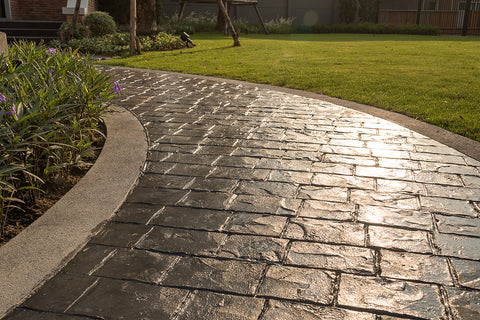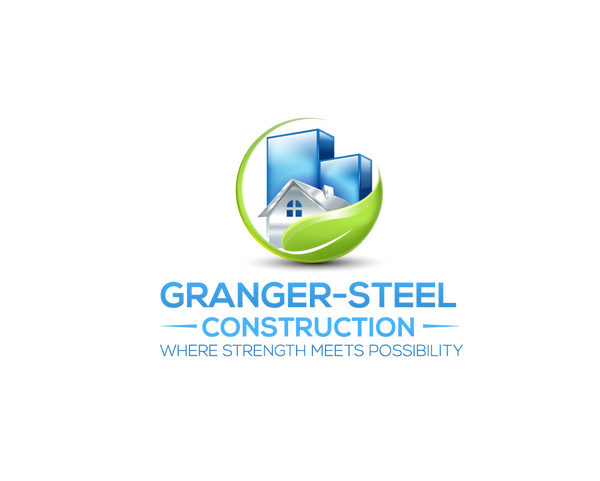Decorative Concrete
Decorative Concrete, commonly referred to as stamped concrete, has come along way in the last two decades. In many areas of the country, especially in harsher climates such as coastal or hard freeze areas, decorative concrete is the best choice. It can weather drastic changes in temperature, resist salt erosion and less susceptible to settling.
Decorative concrete is your best choice when it comes to long-term aesthetics. Even if minor cracks appear, they can easily be fixed without digging up the pavers or stones and fixing the base. The concrete pad will also remain level much longer so that all four of your patio chairs are in contact with the surface.
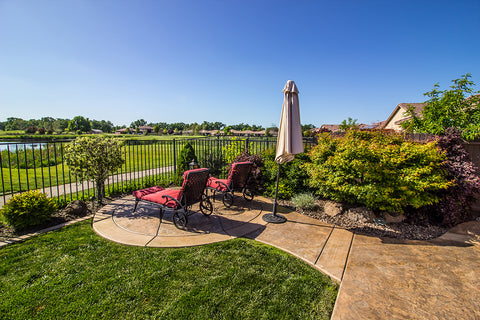
On the other hand, brick pavers are placed over compacted sand and jointed with polymeric sand. They look amazing when they are first placed, but after a few years and numerous weather changes the polymeric sand pops, the surface settles and becomes uneven and weeds and/or moss will sprout in the joints.
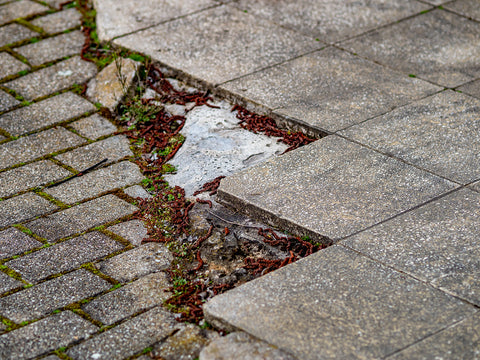
Natural stone also has the same pitfalls as brick pavers. Vegetation tends to sprout up through the joints, they crack and break, and the surface becomes uneven over time. Uneven surface can lead to holes and ridges that become tripping hazards for your family and guests. It is also difficult to keep your patio furniture from rocking on its varying surface topagraphy.
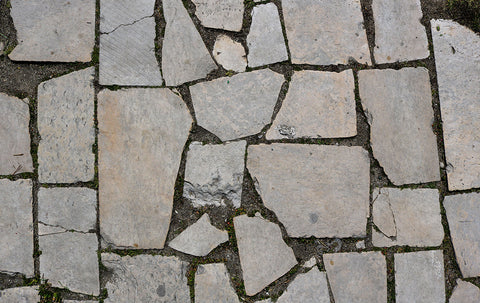
Although decorative concrete can crack, fade and stain with time, the overall appearance lasts much longer. Using color-hardener increases the compression strength from an average of 4,000 psi up to 8,000 psi. This makes it ideal for driveways and heavy traffic areas such as in theme parks and on upscale neighborhood roads.
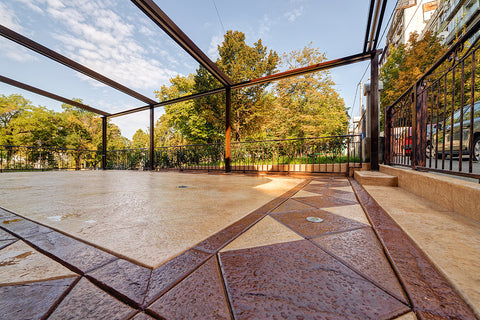
Decorative concrete molds come in a variety of shapes and sizes. In combination with multi-toned coloring, there are an unlimited number or shapes, designs and colors that can be achieved for a perfect pairing with your home. Some common patterns include:
- Slate
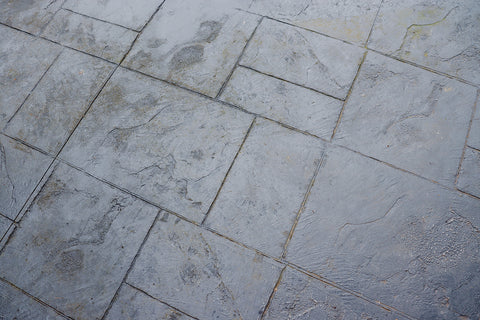
- Random or Flagstone

- Wood
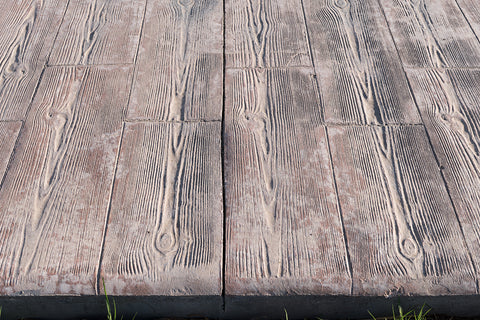
- Brick Paver
